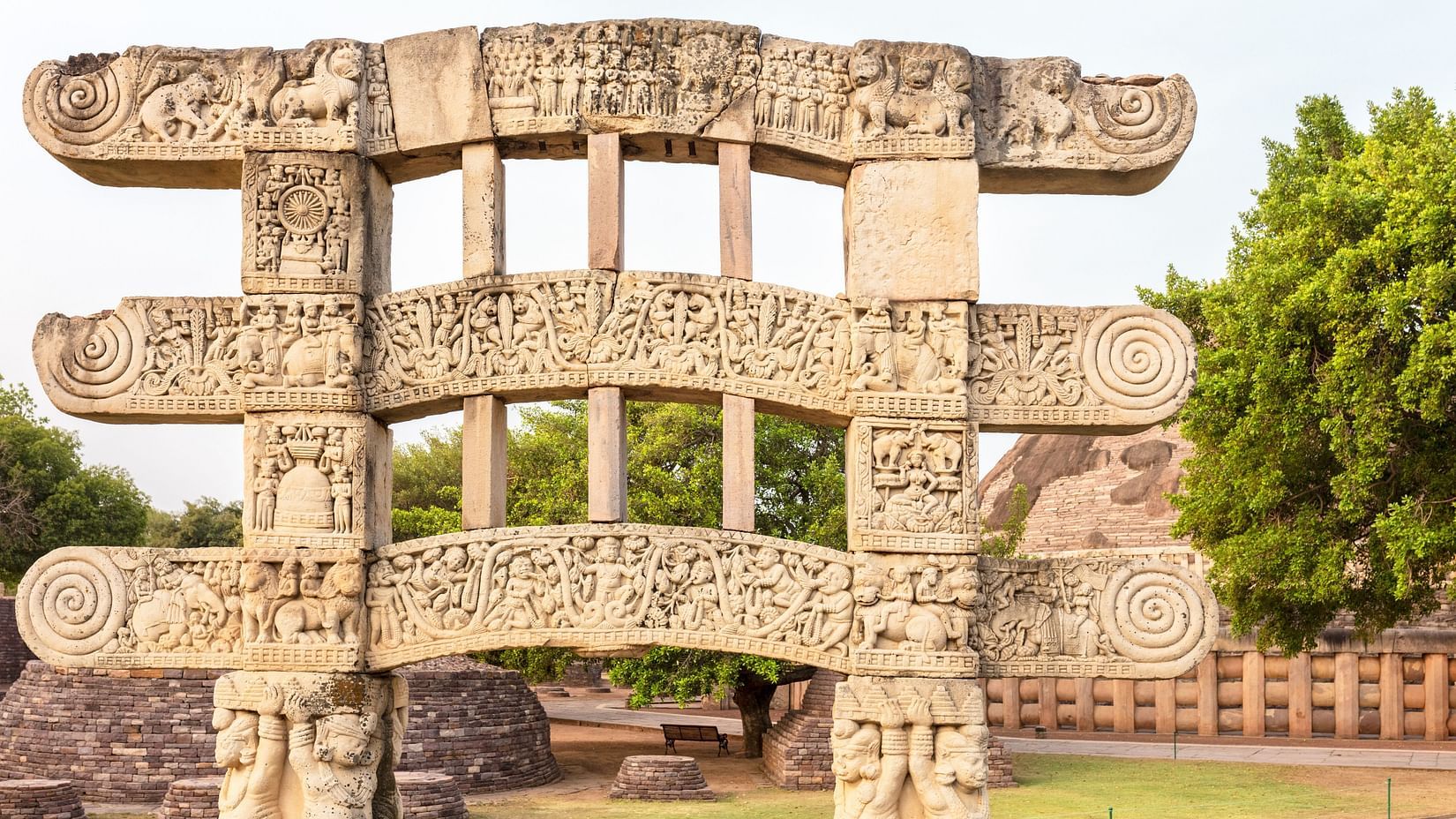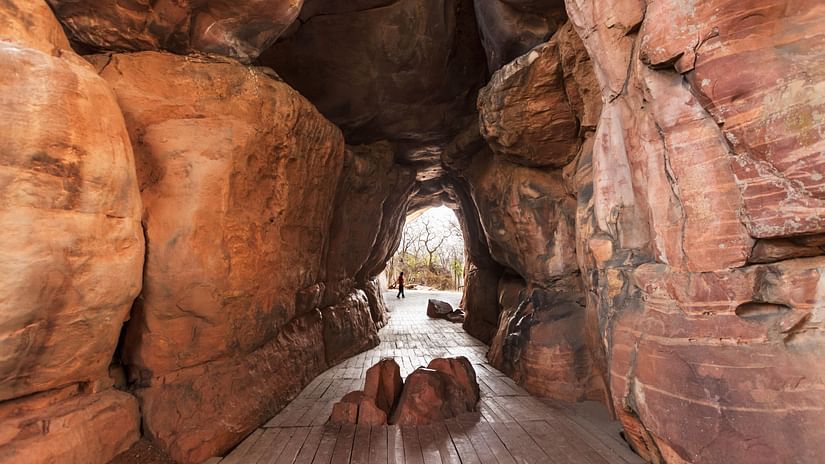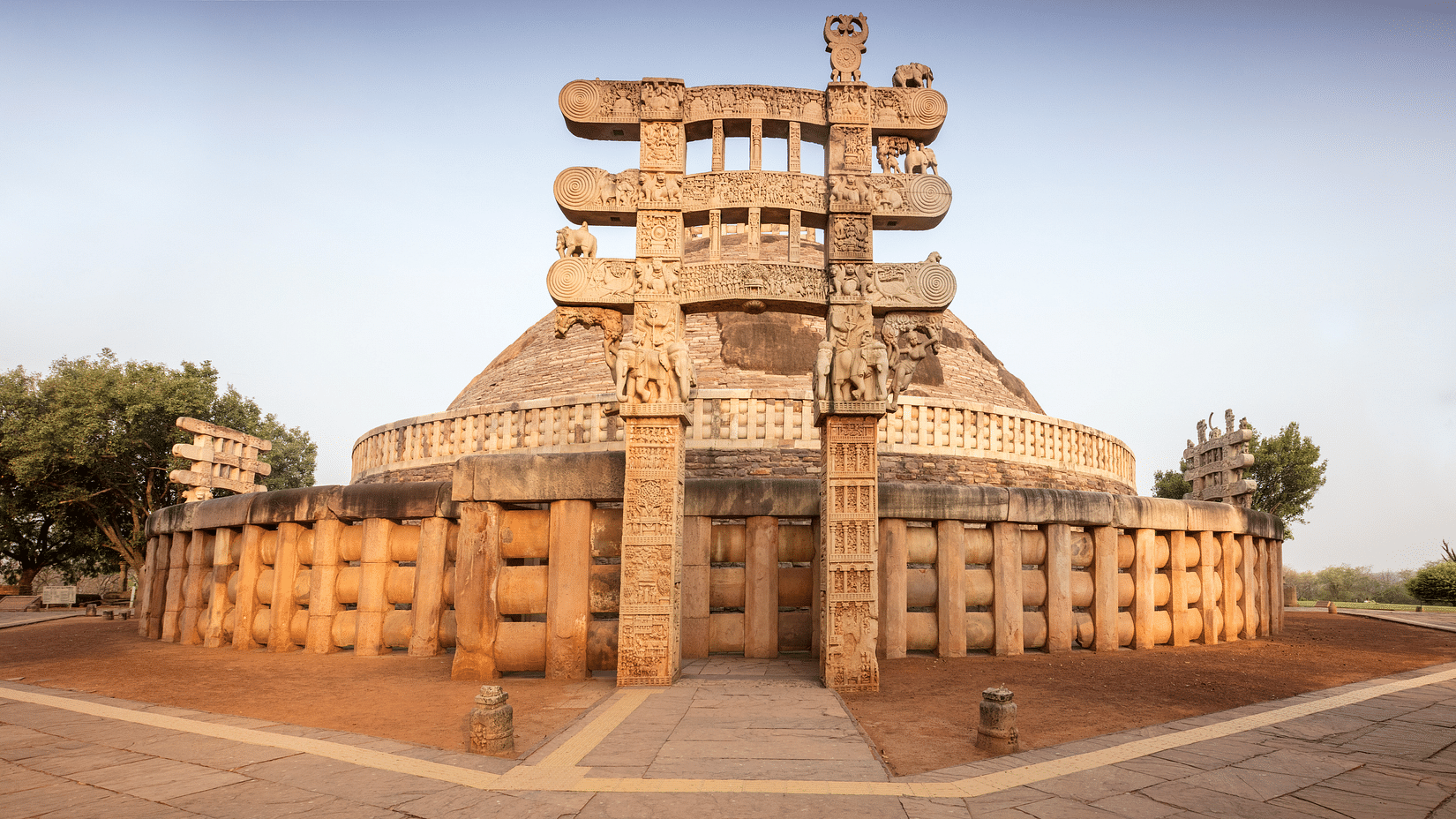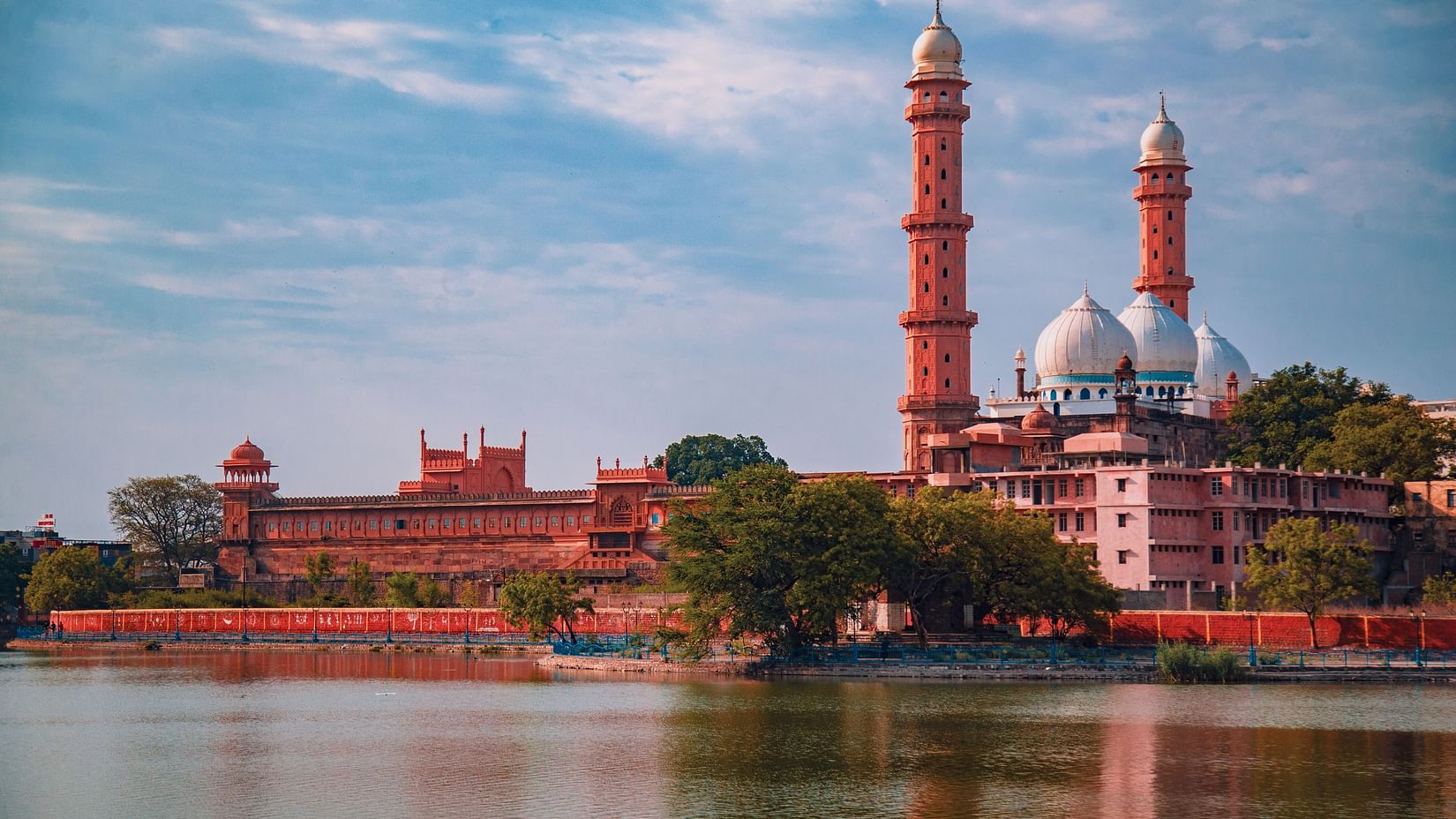- The White Lady Sings
- JEHAN NUMA’S “MAGNA CARTA” on its “HOSPITALITY ROOTS”
- Wild at Heart
- BHOPAL MON AMOUR
- Baloo the bear
- Bhopal: A neglected treasure
- Satpura – A magical wilderness
- Bhopal Through The Eyes of Time
- Satpura Safari
- Bhopal: A Neglected Treasure
- Exploring the Wilderness of Madhya Pradesh
- Farm to Soul
- Tribes of Madhya Pradesh
- The Reign of the 4 Queens of Bhopal
- Bhimbetka Caves - Glimpsing Into the Past
- Places to Visit in Satpura National Park



The Bhim Betka rock shelters are located around 42 kilometers southeast of the city of Bhopal and are identified as a series of 5 natural rock clusters. The caves get their name from the myth of the legendary hero Bhima resting in them during his travels. Bhima was one of the 5 protagonists of the Ancient Indian epic “Mahabharata” and can be called the Indian counterpart of Hercules/Heracles as both of them exhibit inhuman feats of strength. In the myths, Bhima is said to have the power of about 10,000 elephants. However, to grasp how off the wall that truly is, a single elephant can carry up to about 9000 kg. The folk tales about the ludicrous strength feats of this hero add some mysticism to the rock shelters making it highly intriguing. However, most tourists are not drawn to these caves due to the legend of Bhima, as their true claim to fame is that they host some of the oldest cave paintings found in the world, let alone India. The ancient illustrations are dated to be from somewhere between the Paleolithic and Mesolithic periods and are evidence of some of the earliest sapiens presence in India. Due to the importance of these paintings, The United Nations Educational, Scientific and Cultural Organization (UNESCO) has branded it a World heritage site(An honor only bestowed upon 1100 sites worldwide).
So whether it be to gaze upon the traces of the first human existence in India or just experience the atmosphere of the presence of a legendary hero, Bhimbetka is one of the must-visit tourist places near Bhopal!







